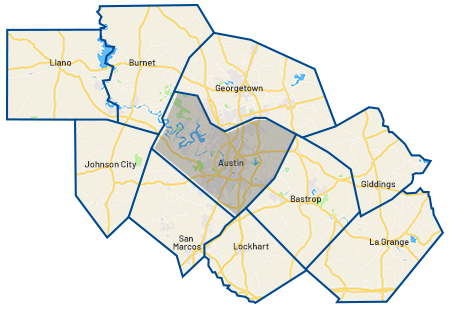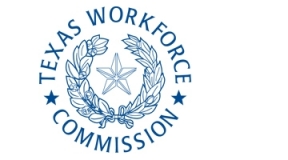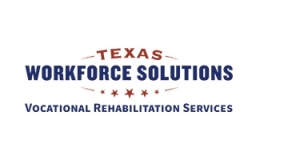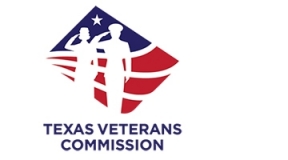Workforce Solutions Rural Capital Area is a community partnership providing no-cost recruitment and employment services to businesses and job seekers in the Rural Capital Area of Texas. This nine-county region includes Bastrop, Blanco, Burnet, Caldwell, Fayette, Hays, Lee, Llano, and Williamson counties.
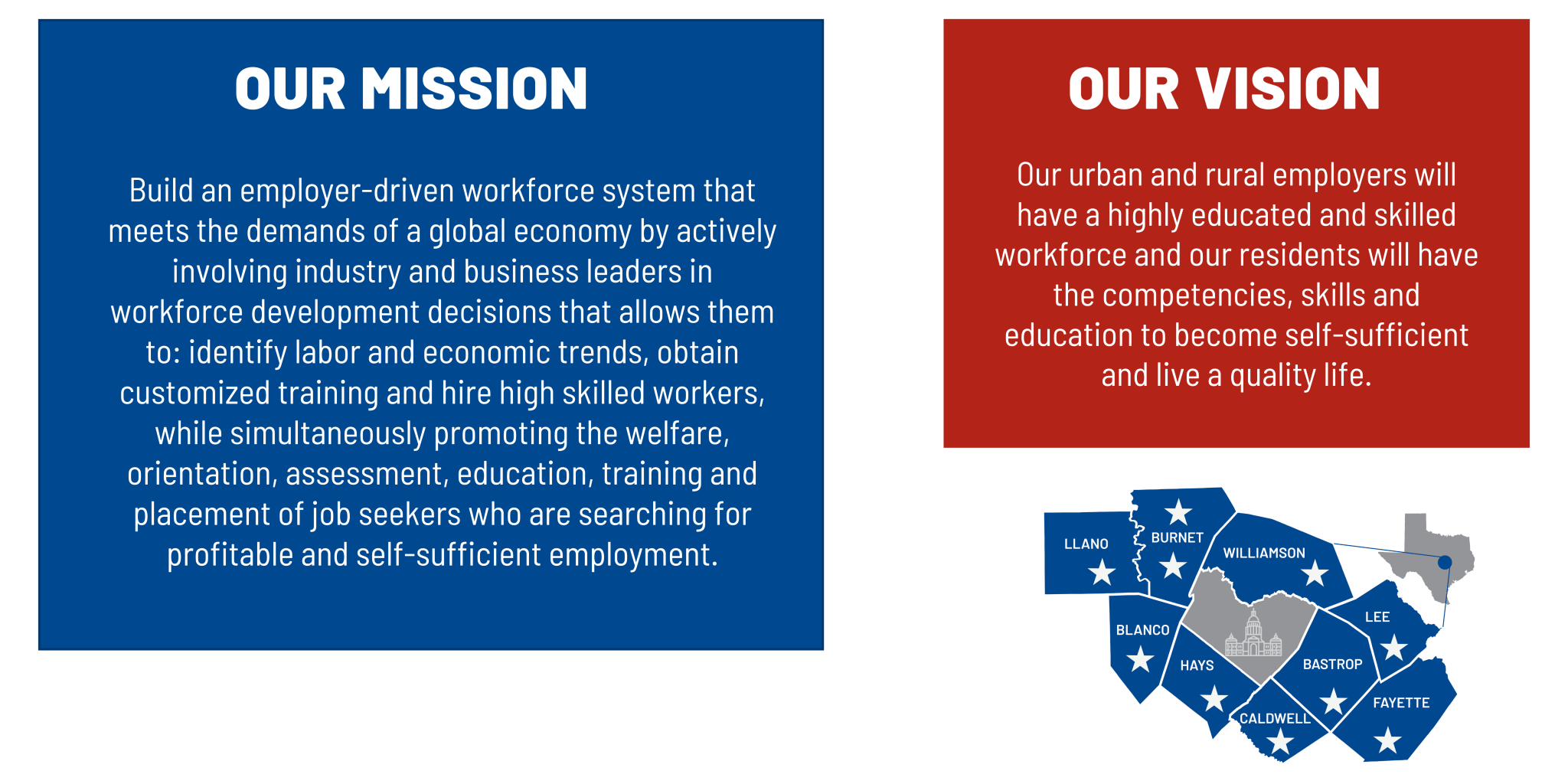
Who We Serve
Helping Local Businesses Thrive
At WSRCA, we work hand-in-hand with local employers, educators, and community partners to meet the region’s workforce needs. Our Business Services team supports companies through every phase of the hiring process—from recruiting and interviewing to job postings and customized training. We also offer access to valuable programs like Skills for Small Business and the Skills Development Fund to help train and upskill employees, keeping businesses strong and competitive.

